If you’ve stumbled upon a twenty dollar bill lying around, you’ve experienced the thrill of finding a treasure. Finding stuff is cool. Therefore, most people think that an archaeologist’s job is pretty awesome because they’re always digging up exciting treasures! Well, I was an archaeologist for an entire day without digging anything up.
Most people don’t realize a site must be carefully surveyed and mapped before it can be excavated. That’s what I did last Tuesday; I mapped an area in the Catskills, a region that New York City purchased over the past century and drastically changed to preserve their water supply, a place called Ashokan Reservoir.
Ashokan Reservoir spans over 8,300 acres, previously farm land and towns. New York City purchased the land through eminent domain in the early 1900s and eventually constructed a dam, creating the largest reservoir in the world at the time, upon the ruins of communities. An archaeologist begins with a hypothesis, and evaluates whether what they find fits what they expected to find. Our team, including Professor Dr. Beisaw, an archaeology major and three eager adventurous archaeology hopefuls did just that.
We wondered how this part of the Catskills was used before New York purchased it. What I found trekking through the forest with two archaeology students, who might or might not have mastered the GPS until the end of the day, helped us answer this question.
The first challenge is to not get lost. Having the right equipment is important (we did, thanks to our team leader), as is being able to use it! You also need to be sure that you’re not trespassing. Keeping everything in mind, we found a clearing with a big tree with branches close to the base. Forest trees don’t have branches near the base as light doesn’t reach here, so we deduced that this tree used to be in a pasture, which explained part of the past of this area. A bone, thought to be either pig or goat, suggested that people in the area had domesticated animals, although it is possible that the bone came from elsewhere, a transposed artifact. Stumbling across a road and finding rusty old cans and trash nearby with fewer items further up the mountainside suggested habitation in the lower area. Clean, tool cut tree trunks indicated that people used the land there. An important discovery was a stone wall, parts of which were deteriorating but others in prime condition; this suggested the land was marked for multiple purposes or animals.
While all the finds (yes archaeologists consider a rusty old can, a pile of rocks and tree stumps finds and we had to stop and mark all of them on the GPS) answered some questions, they left some unanswered and raised others. Who knew how much one can learn from walking in the forest if you pay attention? Archaeologists do more than just dig. They learn about the past, answer questions, and more importantly, help plan for a better future.
Works Citied:
http://en.wikipedia.org/wiki/Ashokan_Reservoir
Image 1: http://www.skyviewpictures.com/skyviewstore/products.php?pid=258&detail=true
Image 2: http://www.flickr.com/photos/wessexarchaeology/176900281/
Image 3: http://www.cnyhiking.com/BestOfNCTinNY-BullyHillStateForest.htm

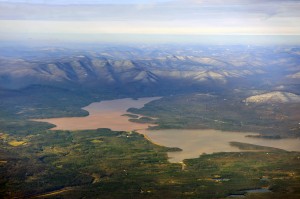

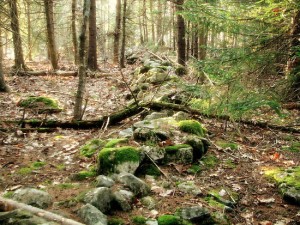
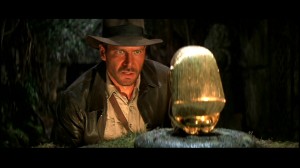
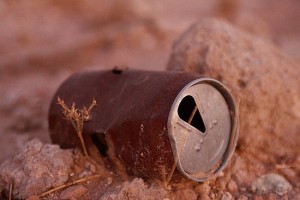
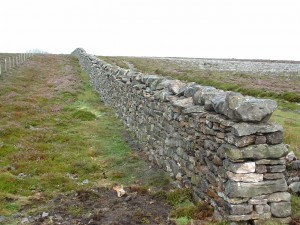
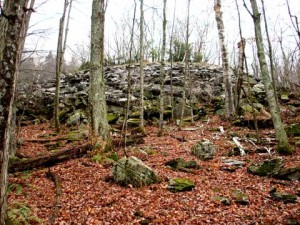
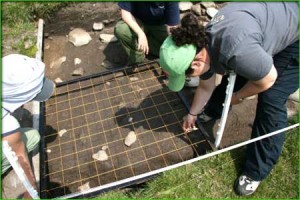
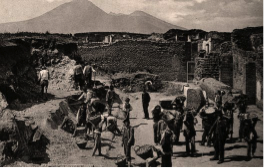
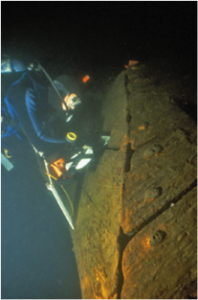
 This photo illustrates this pretty well. See how the ground on the far side of the wall is lumpier, rockier, and has bigger trees, while the ground closest to the camera is flatter and has fewer rocks and smaller trees? That flatter ground was probably a field.
This photo illustrates this pretty well. See how the ground on the far side of the wall is lumpier, rockier, and has bigger trees, while the ground closest to the camera is flatter and has fewer rocks and smaller trees? That flatter ground was probably a field.
 A tree in a pasture vs. trees in a forest. Note the differences in shape and number of low-lying branches.
A tree in a pasture vs. trees in a forest. Note the differences in shape and number of low-lying branches.